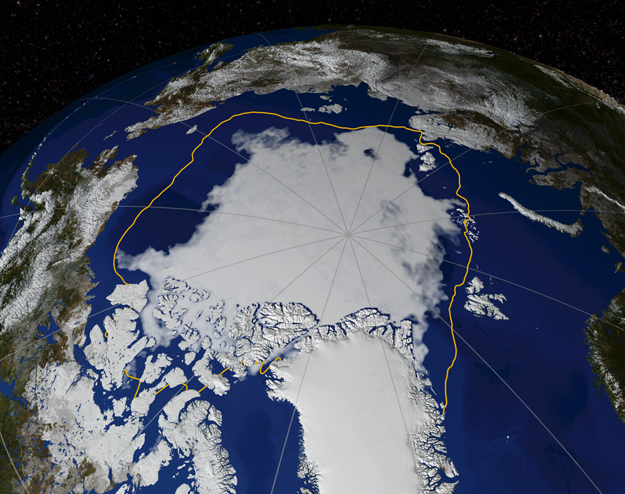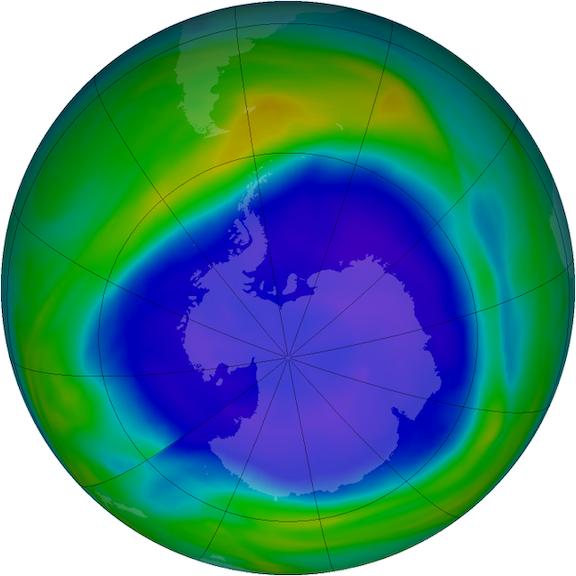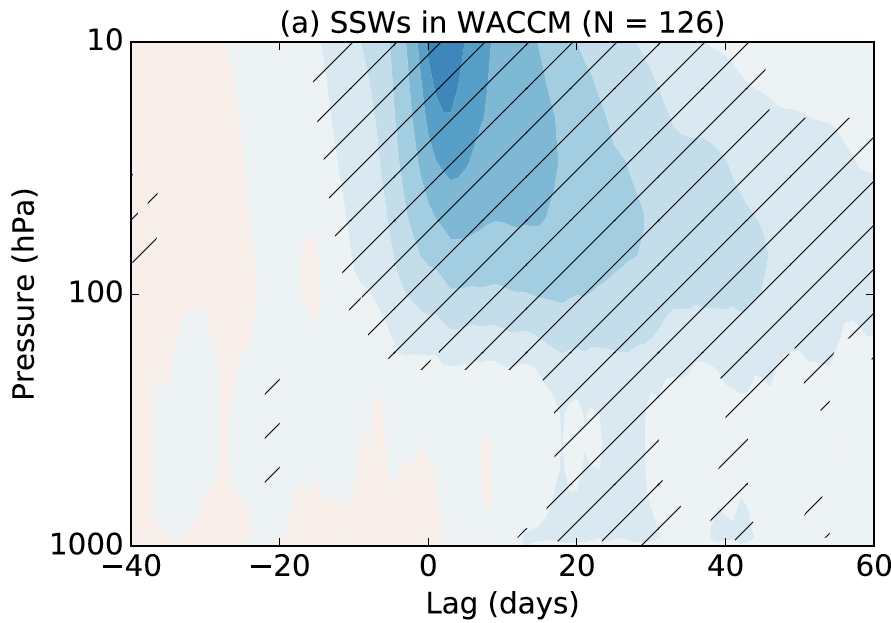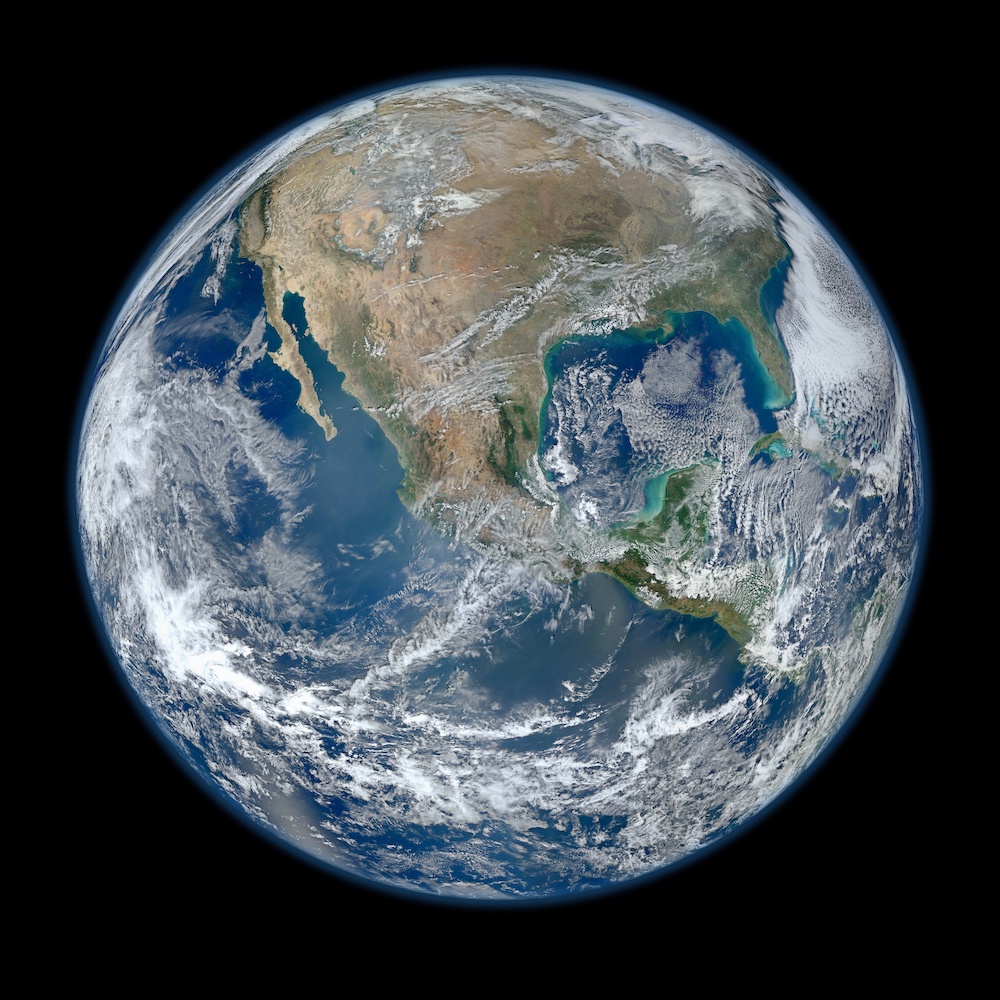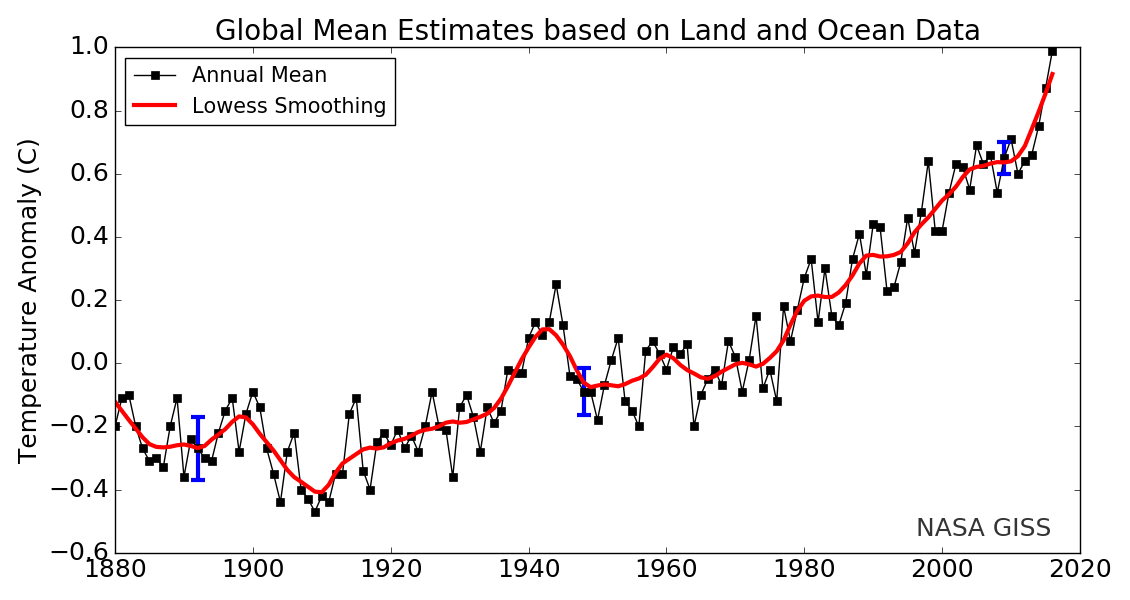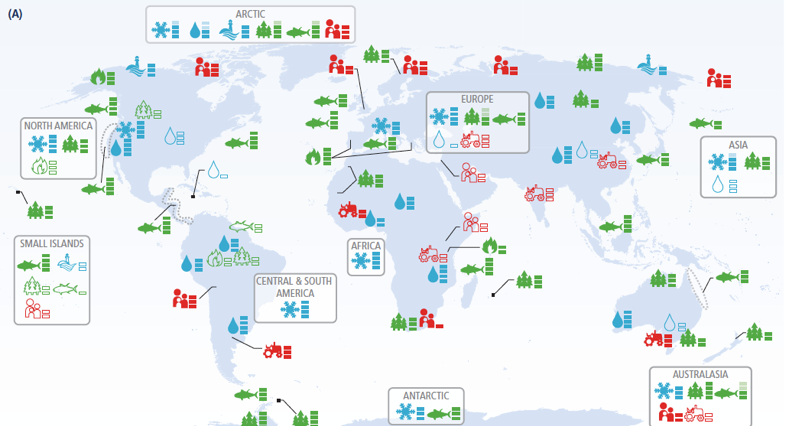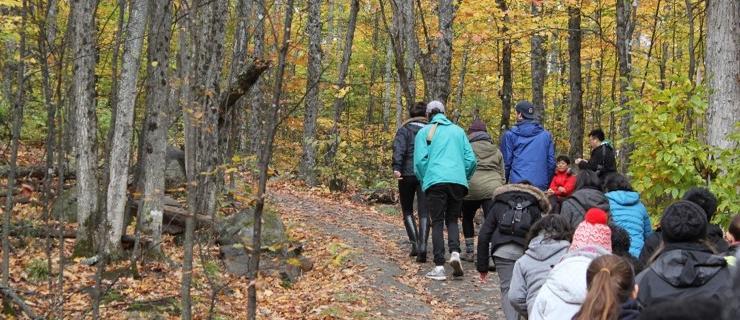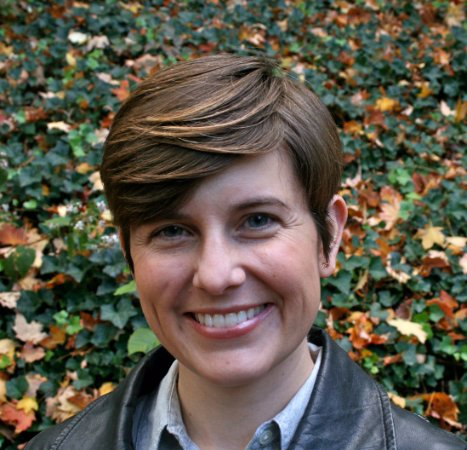
Karen Smith
Assistant Professor, Teaching Stream
Department of Physical and Environmental Sciences
University of Toronto Scarborough
About Me
I am an Assistant Professor, Teaching-Stream in the Department of Physical and Environmental Sciences at the University of Toronto Scarborough and am the Director of the Master of Environmental Science Program in Climate Change Impacts and Adaptation. My research focuses on climate and atmospheric variability of the mid-latitude and polar regions.
I am passionate about promoting climate science literacy: I serve as Chair of the School and Public Education Committee of the Canadian Meteorological and Oceanographic Society and I also co-host a podcast about climate change and conservation called Emerging Environments.
My complete CV can be found here
